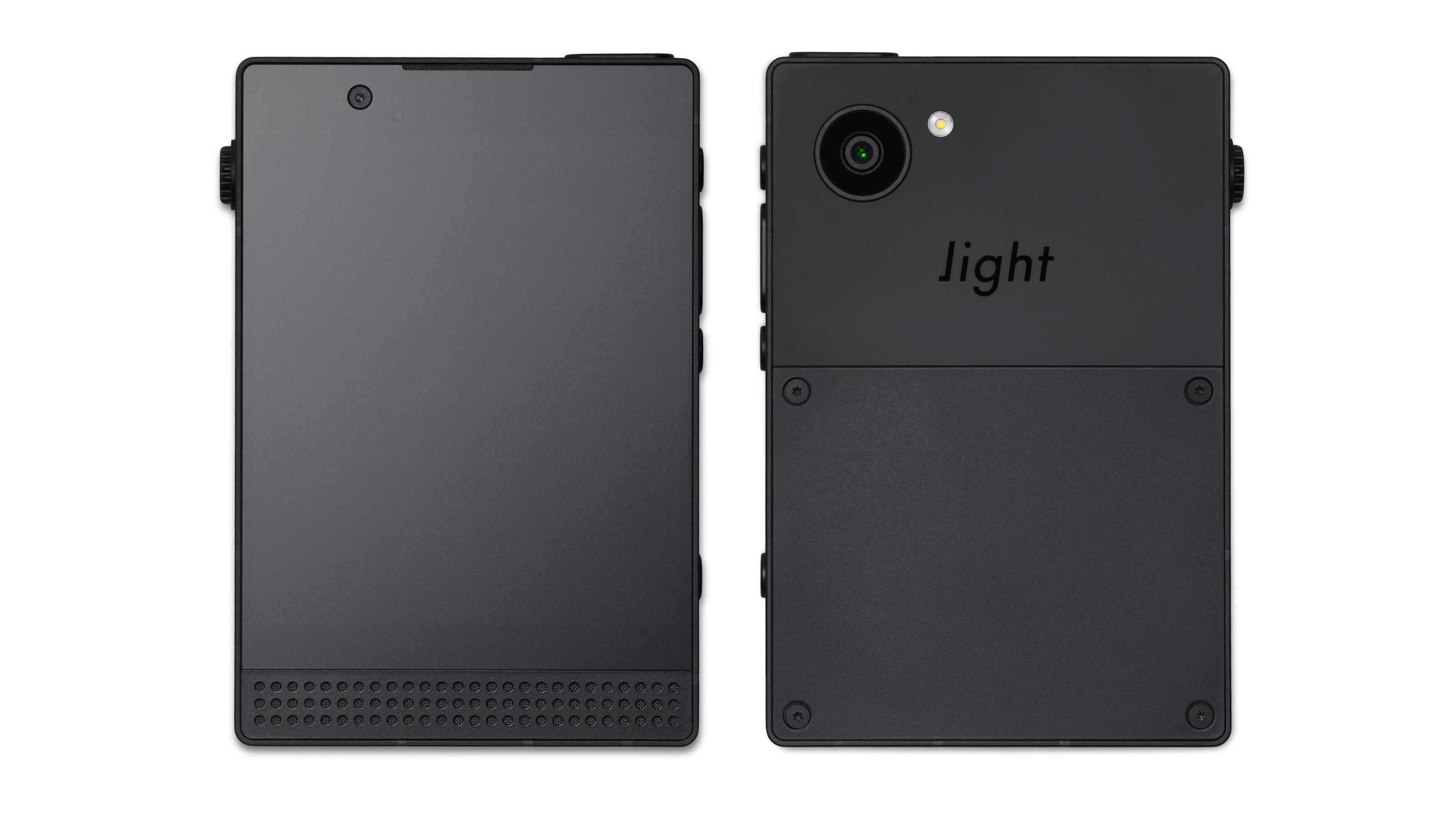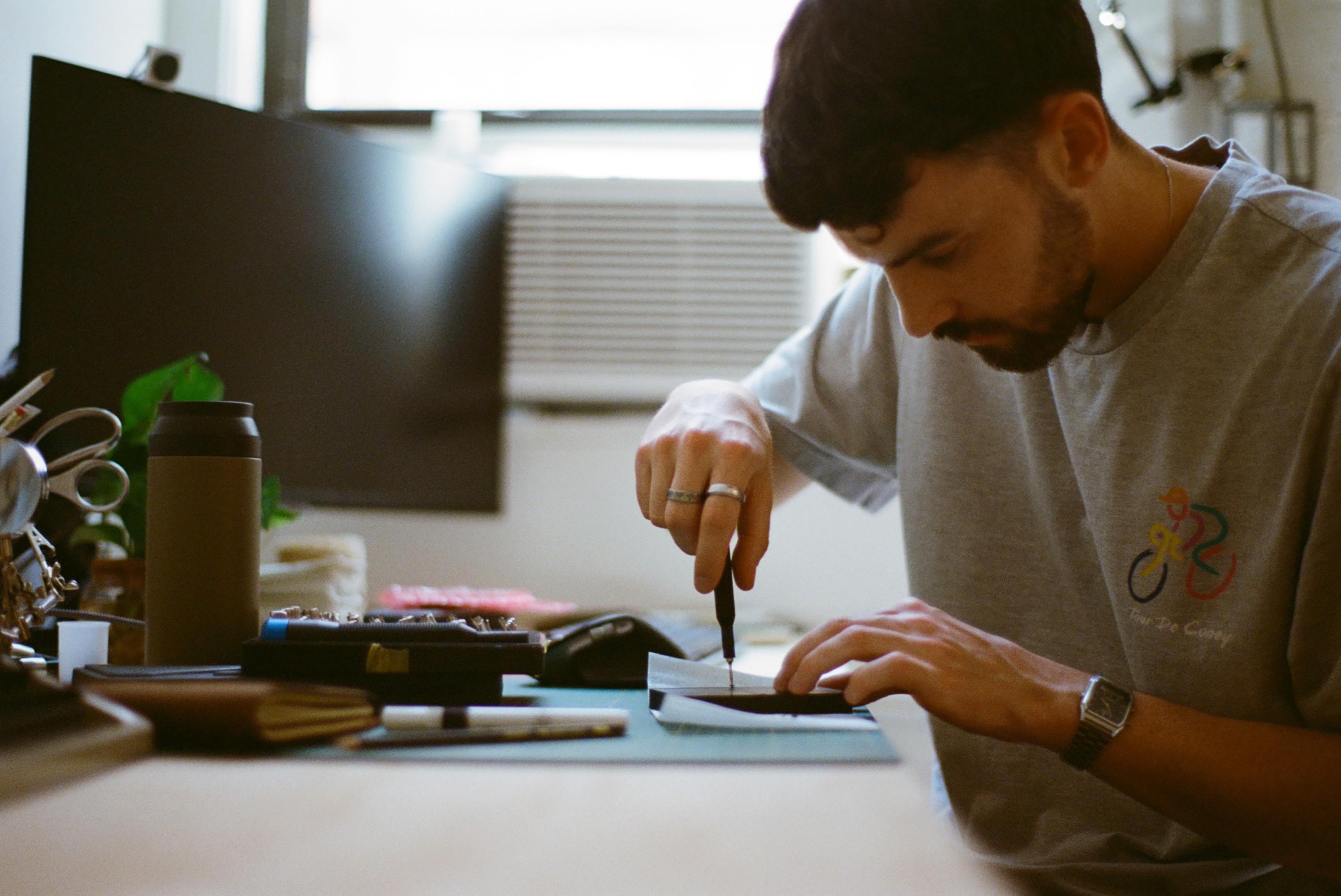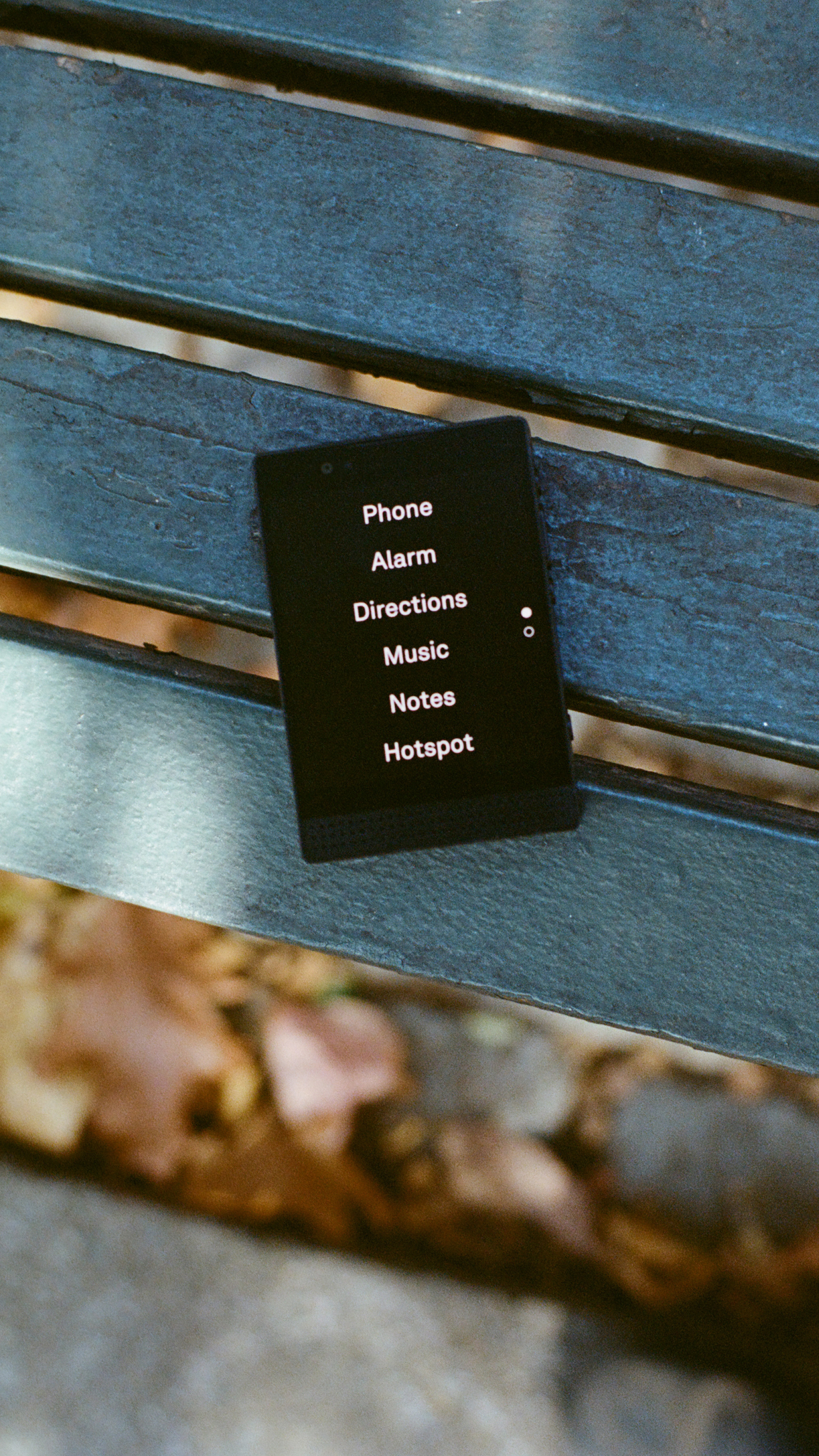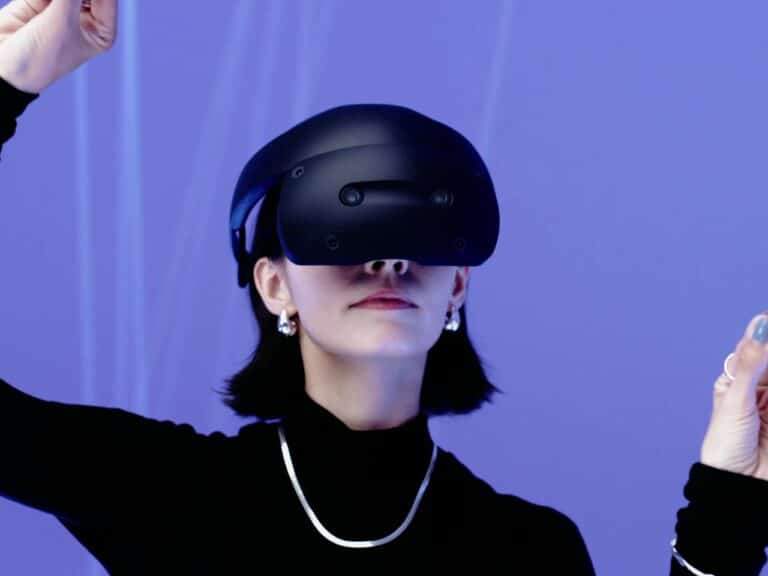Light Phone III: A Step Towards a Less Distracted Digital World
The Shift Toward Anti-Technology: The Light Phone III
The Light Phone III has been receiving increasing attention since entering its beta testing phase. Designed as a simpler alternative to traditional smartphones, this phone is the result of years of effort initiated by Joe Hollier and Kaiwei Tang, the founders of Light, in 2014. The duo’s journey began with the launch of the first Light Phone in May 2015, which was funded through a crowdfunding campaign. The concept was clear: a lightweight phone that is easy to use without overwhelming the user with digital distractions.
The Light Phone Concept Evolves into a Movement
Initially, Hollier and Tang believed the “light phone” could fill a gap in the overcrowded smartphone market. Their goal was not to create a purely technical device, but rather a gadget that would allow users to step away from the flood of notifications and digital content. Over time, this idea evolved into something much bigger than just a concept—it transformed into a movement.
Digital Detox: The Growing Momentum Against Digital Addiction
Hollier points out that over the past year, the movement calling for digital detox has gained momentum. As the use of low-tech devices, such as the ‘basic phones’ promoted by Nokia and Boring Phone, rises, Light clearly emerges as a key competitor in this space. There is a growing trend towards minimizing digital interaction, which is entirely dependent on smart devices.
Hollier emphasizes that there is a contradictory desire to own a new device that helps us do less, reflecting a societal shift towards finding ways to break free from digital addiction.

The Real Challenge: Reducing Smartphone Usage
Light aims for a noble goal: to reduce smartphone usage and mitigate the over-reliance on them. Hollier poses a fundamental question: “Are the addictive apps really what we want?” He highlights the subtle ways in which major companies promote digital addiction, from constant notifications to endless scrolling, which fosters screen dependency and makes it an inseparable part of our daily lives.
The Original Phone: A Promising Start, But with Challenges
When the original Light Phone was launched in 2017, it received an immediate response from users who were seeking a device to help them reduce their interaction with technology. However, despite the phone’s noble goals and widespread popularity, it did not achieve full success in becoming a device that could be relied upon permanently. Instead, it remained a secondary option for many.
The Challenge of Full Reliance
The primary goal of the Light Phone was to provide a device that users could rely on for basic tasks only, without the usual digital distractions. However, many users still find themselves returning to their smartphones in moments when they need additional functions, which means the Light Phone is not yet the only device they can fully depend on.

Light Phone III: A Choice for Those Looking to Reduce Smartphone Dependency
The Light Phone III targets individuals who want to permanently or temporarily (like over the weekend or for a few days) disconnect from their smartphones. To achieve this goal, the phone comes with strong specifications to ensure fast performance, yet it focuses primarily on basic functions. The device features 5G support, USB-C charging, and a fast processor to provide a practical tech experience.
The Surprise: A Camera in a Phone Designed to Minimize Distractions
It’s surprising that the Light Phone III includes a camera, an addition that was unexpected for a phone designed to reduce technology distractions. According to Tang, the company’s co-founder, “Everyone has different priorities when it comes to the essential tools they need.” He adds, “The camera was the most requested addition from our enthusiastic customer base.”
Although the phone has a camera, the idea is not to encourage social interaction or digital sharing as with traditional smartphones. Instead, Tang explains that the company does not have “a business model based on maximizing interaction.” The Light Phone III does not allow you to browse or interact with apps, making even taking pictures more akin to traditional photography, where the goal is personal documentation rather than immediate sharing.

Intentional Design: The Light Phone III Camera as a Documentation Tool, Not a Distraction
Hollier emphasizes the idea of intentionality in designing the Light Phone III, stating, “Intentionality is a word we use a lot.” He points out that traditional smartphones are often designed to distract, driving users into a world of constant interaction, whether through notifications, browsing, or engaging with apps. The Light Phone III was created as an alternative that promotes personal documentation only.
The Light Phone III Camera: A Simple and Enjoyable Photography Experience
Unlike traditional phones, where the camera is often a means to immerse in a world of sharing and social interaction, the Light Phone III camera focuses primarily on personal documentation or journaling. It features a 50-megapixel sensor with decent low-light performance, though the photos aren’t extraordinary like those of high-spec phones.
Hollier says, “It was less about the specifications and more about the shutter button.” Photography on this phone is a simple, straightforward process, with the goal of making the experience enjoyable.
Avoiding Distractions: How the Absence of Instant Sharing Affects the Photography Experience
By removing features that allow users to instantly share photos, Light has eliminated the temptation to check images right after they’re taken, preventing users from stepping out of the moment. This absence enhances a more focused experience on the moment itself, with photography becoming closer to the traditional analog experience, where images are checked later and with care.
Retro Element: A Touch of Nostalgia in the Camera Design
Regarding design philosophy, Tang affirms that Light is not trying to compete with Apple or Samsung. Hollier concludes by stating that this retro touch was entirely intentional. He adds, “We tried to make [the camera] feel nostalgic,” noting that the company uses film in its brand photography. The photos taken with the phone also carry a distinct character, as they are not overly processed, giving them a natural, unaltered feel.


The Purpose Behind the Design of the Light Phone III: Moving Away from the Centrality of Phones in Our Lives
Tang emphasizes that their brand’s goal is very clear: “We don’t want the device to be the central focus of your real life.” To achieve this, they designed the Light Phone III to be a balancing tool that allows users to maintain their daily lives with minimal digital distraction.
A Different Shape: A Wider and Shorter Design to Move Away from Tradition
The phone has an unconventional shape, being slightly wider and noticeably shorter compared to traditional smartphones. This shape difference aims to reduce dependence on the device as a source of entertainment or continuous app-hopping, helping to reduce the temptation for excessive usage.
Custom OLED Screen: Less Shine, More Calm
The phone’s screen is customized to be less glossy and reflective, which enhances the feeling of calmness and reduces visual distractions. The OLED technology in the phone is not like the bright, vibrant AMOLED screens found in flagship devices. Instead, it’s closer to e-ink technology, providing a more comfortable viewing experience for the eyes, especially in bright conditions or during long reading sessions.

The Sturdy Design of the Light Phone III: An Effective Tool Rather Than a Source of Distraction
In terms of design, the Light Phone III gives the feeling of being a tool rather than a distraction. The phone’s design reflects durability, with users feeling its sturdiness when holding it. This sense of stability and strength extends to the phone’s assembly, which is designed to be easy to repair and suitable for long-term use.
The Shift Toward Sustainability: A Repairable Design
Hollier notes that the company’s goal is to make the phone last as long as possible. Additionally, the battery door is easily accessible, which enhances repair and maintenance. This design makes the Light Phone III sustainable, allowing users to replace components easily, thus contributing to reducing waste and providing long-term value from the device.
Honesty in Design: Returning to Simplicity
Hollier emphasizes that everything in the phone is about showcasing the honesty of the device as it is, reflecting the company’s philosophy of offering a simple device, free from excessive complexity. The phone also features a speaker grille, which Hollier compares to “old Braun designs,” reflecting attention to classic design details that focus on quality and practicality rather than excessive decoration.

LightOS Operating System: A Simple Design Focused on Privacy
The Light Phone III operates on the company’s custom-built LightOS, a streamlined operating system designed to take advantage of the shorter screen format that avoids media-centric focus. Beneath this system lies an Android core, though the user will not notice it, as the vibrant icon and background colors are replaced with a simple list of animated functions that contribute to creating a straightforward and minimalistic environment.
Privacy at the Top of the Priority List
In our review unit, running an early version of the system, it was clear that some features were still unavailable. Additionally, third-party apps are not yet accessible, helping avoid immersion in apps that could distract the user.
As for other areas of usability, such as syncing the phone with existing accounts, this is not encouraged. Tang explains that the company opted not to use Google’s servers, prioritizing security over additional functionalities. As a result, the phone is inherently more private, lacking a browser, which is a primary source of data collection.
Commitment to Privacy: User Data is Protected
Hollier confirms that the company aims to collect the least amount of user data possible. The company has informed its users that Light will not profit from their data, reflecting the company’s deep commitment to maintaining user privacy, free from the business model that depends on data collection for commercial purposes.

The New Approach of Light: Challenging the “Attention Economy”
Releasing new products regularly is a well-known method to boost revenue, but this business model is exactly what Light has been trying to avoid. Kaiwei Tang, one of the company’s founders, criticized the “attention economy” that relies on apps designed to drain users’ time. Tang points out that making money from apps should not be the only goal, and he believes that the pushback from users against this model will only grow over time.
Focusing on Users’ Lives Rather than Excessive Technology
Joe Hollier, another founder of Light, explains that the company doesn’t just focus on tech tools but on users’ lives as a whole. For them, the value of “going light” lies in reducing the immediacy of access to information. Hollier mentions that this approach helps improve memory and encourages users to think more critically while consuming less time.
User Experience with Light Phone III: A Simple Yet Powerful Approach
Design-wise, the Light Phone III evokes a unique sense of comfort when held, thanks to its compact shape and tactile scroll wheel. Unlike traditional smartphones that entice users into constant interaction with the screen, this phone enforces a distinct experience focused on a few tasks, making it difficult to waste time on unproductive activities.
Encouraging Limited Use: A Contrarian Philosophy
In the beta phase in the UK, some promised features like maps and messaging were not yet available, which indirectly encouraged users not to use the device too much. Instead, the phone focuses attention on its tangible qualities and essential tools, sticking to the philosophy of returning to a simple, sensory experience that provides users with moments of peace and quiet, away from the constant distraction.

The Challenge of Achieving Digital Liberation: An Individual or Societal Issue?
In fact, the biggest issue I faced with the Light Phone III was that there was no opportunity to use it as intended, as I couldn’t allocate enough time for the “mandatory digital liberation.” This raises an important question: was this due to my own digital needs, or is this problem a reflection of a wider societal issue?
Weekends as an Opportunity for Digital Liberation
One of the most obvious times for this experience was weekends, when you can avoid tracking your steps and purchases with a single click or resist the endless pull of social media. During this period, it seems there is an opportunity to step away from the constant engagement with digital devices. But the question remains: can modern society accept the idea of disconnecting from this technology for a prolonged period?

Thoughtful Design: A Step Towards Digital Liberation
But this is the point for sure: using the Light Phone III is a deliberate way to step away from the constant stream of digital distractions that have been carefully designed to capture our attention and steal our precious time. While smartphones are usually centered around continuous interaction and digital connectivity, the Light Phone aims to be a simple tool designed to empower users to regain control of their time.
The Rewards of Disconnecting from Digital Distractions
If you make the effort to disconnect from this constant flow of notifications and content, the rewards are far more satisfying. This challenge doesn’t stop at the individual level but extends to society as a whole, which is beginning to realize the importance of digital liberation. The Light Phone promotes the idea that personal space and time away from devices can be among the rarest and most valuable periods in our daily lives.
Future Evolution: Enhancing Collective Performance
Light promises to continue developing its phones as more people use their devices and share their experiences with the company. This suggests that the phone won’t be just a static tool but will continue to evolve and improve in response to the growing needs of its users. We hope that our collective ability to use this valuable tool will also expand, reflecting a positive shift toward a more reflective life and less impulsive engagement with technology.







